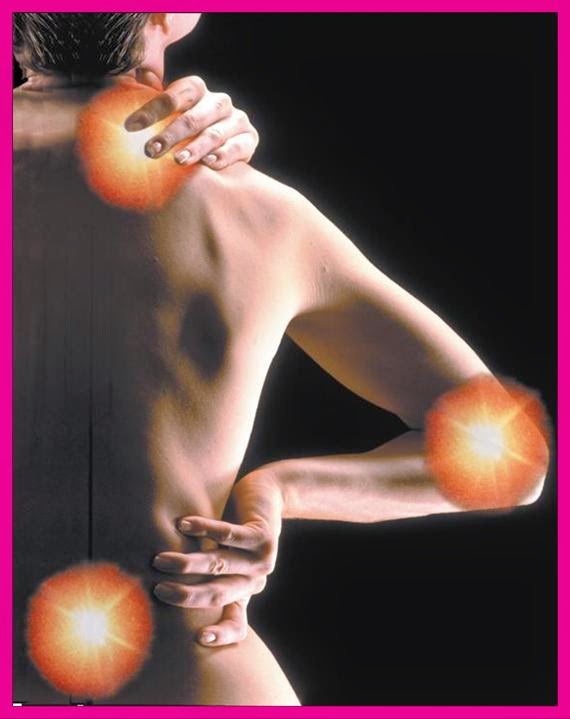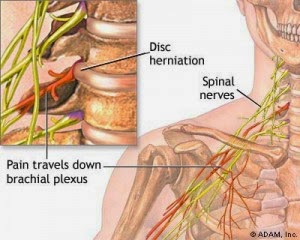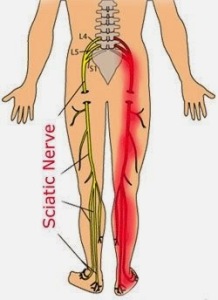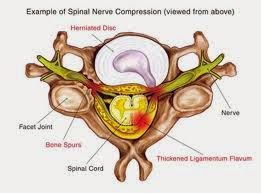How Nerves work!
Nerves are like electrical cords that carry information from the brain to the rest of the body and vice-versa. They are distributed throughout the entire body.
Motor (efferent) nerves carry information from the brain out to the body. This allows the brain to send commands to the various organs of the body. For example, these commands are sent to the muscles causing them to contract and move, or sends information to the heart to either beat faster or slower.
Sensory (afferent) nerves send information from the body back to the brain for processing, including information about pain, touch, taste, temperature or other information.
The information travels along the nerve by an electrochemical signal, much like information traveling along an electrical cord. When a nerve is pinched, the signal is interrupted somewhere along its path.
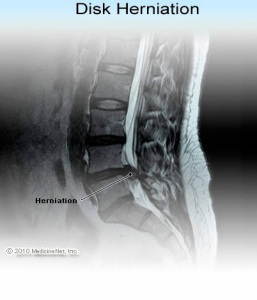 |
| “When a nerve is pinched, less information goes to the areas it supplies. Much like a kink in a garden hose causes a trickle of water to come out” |

